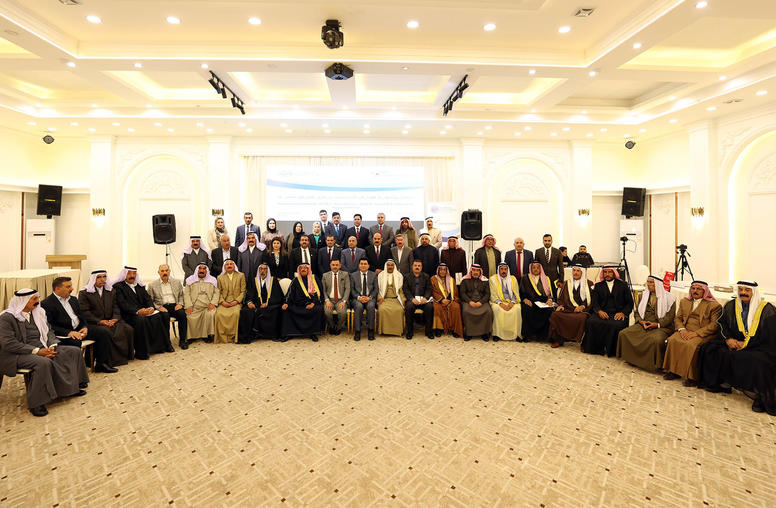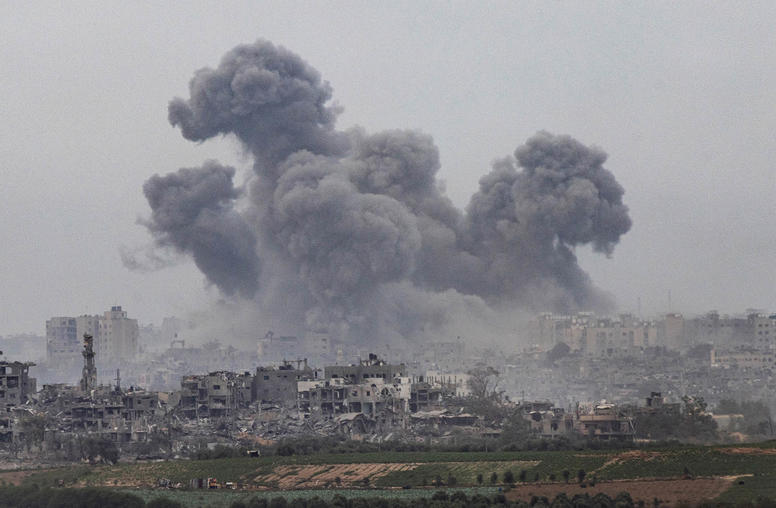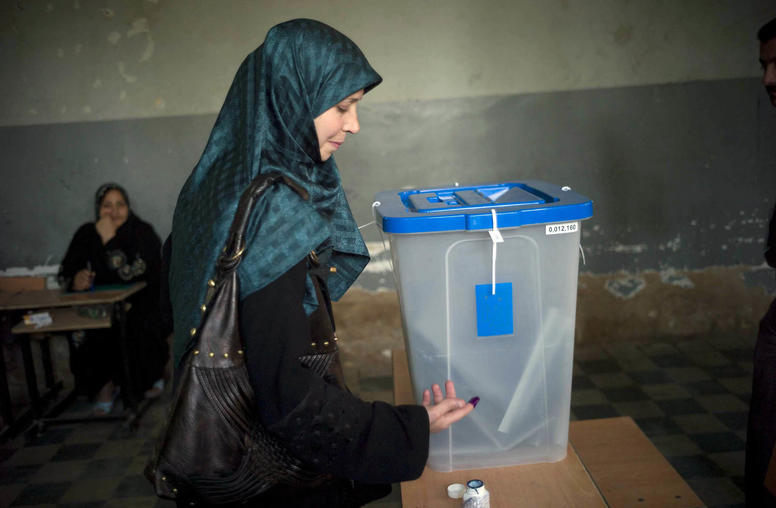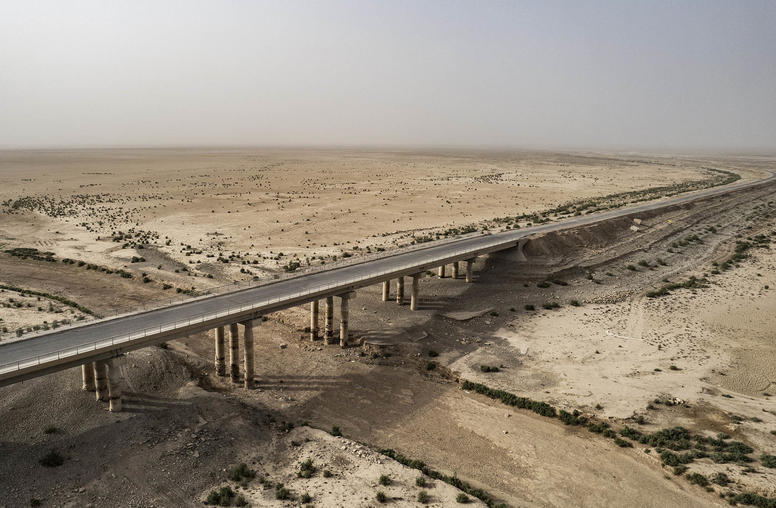Iraqi forces backed by the U.S.-led coalition recaptured the last areas of Nineveh Province still held by ISIS this week, after retaking the provincial capital Mosul in July. A few smaller but important areas of Iraq remain to be liberated from the terrorist group that tore across the country’s north with such devastating power in 2014. USIP Middle East Director Sarhang Hamasaeed explains the significance of the latest victories by the Iraqi military and aligned militias, especially last weekend in the province’s second-largest city, Tal Afar, and the likely tensions ahead.
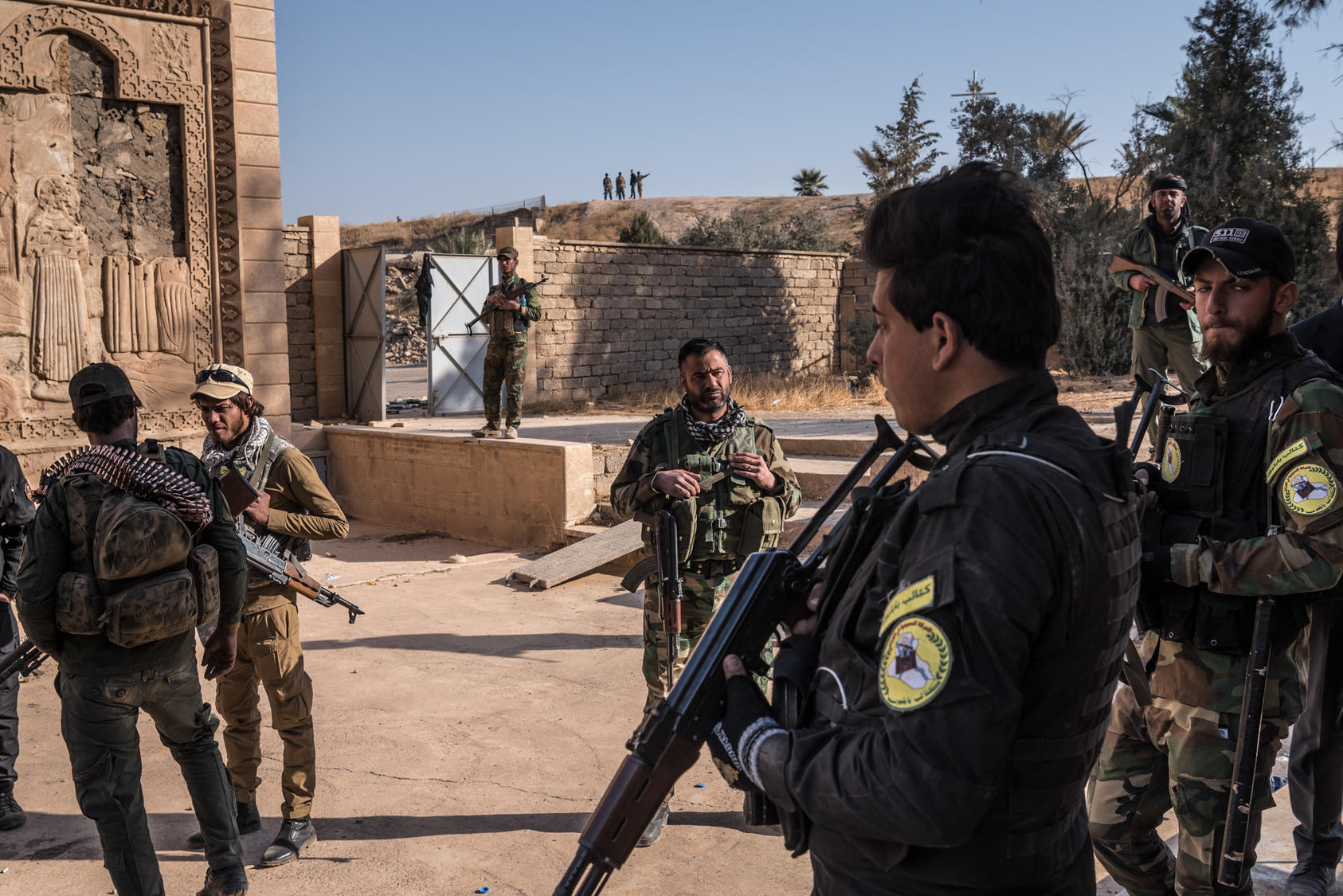
How significant is the retaking of Tal Afar, compared with the larger operation to recapture Mosul, the country’s second-largest city?
Tal Afar is significant in that the stew of ethnic, religious and sectarian tensions there and interests of regional powers like Turkey and Iran illustrate—and heighten—the complexity of the conflicts in Iraq. Tal Afar is a historic center for Iraq’s Turkmen minority, who are a mix of Sunni Muslims and Shia Muslims. Turkey has been vocal in support of the Sunni Turkmen, who fear violence from Shia Turkmen and their supporters in the predominantly Shia Popular Mobilization Forces (PMF), many of which are backed by Iran. Tal Afar also is on the main road between Mosul and Syria, another potential strategic point for Iranian influence. The Kurds view the presence of the PMF and other threats that may come from Tal Afar with concern.
Also, to the west in Nineveh Province lies Sinjar, the home of the Yazidi minority group that was trapped on a mountain and slaughtered during the initial ISIS assault in 2014. ISIS finally was driven out of that area more than a year later.
Both Tal Afar and Sinjar will remain flashpoints that require robust political, military and social mechanisms to prevent further violence. Many in Nineveh accuse the Sunni Turkmen of Tal Afar to be hardcore members and supporters of ISIS, and al-Qaida before that.
What has been the role of the mostly Shia Popular Mobilization Forces (PMF)?
Around the same time as the operation to recapture Mosul began in October 2016, the PMF began retaking villages around Tal Afar and encircling that city, as part of the operations to liberate the rest of Nineveh as well. The PMF’s interest in Tal Afar has been to protect Shia Turkmen, but Iraqi Kurds and Sunni Arabs see the units as advancing Iran’s goal of tightening its grip on Sunni areas and securing land access to Syria. Turkey has been threatening to intervene should the PMF enter Tal Afar. Pressure from the United States and the resolve of Prime Minister Abadi helped keep the PMF from entering the city.
What are the conditions on the ground?
The entire Shia population of Tal Afar, estimated to make up about half of the city’s population, fled to southern Iraq during the ISIS onslaught in the summer of 2014. In the recent military operation to recapture the territory, a full 40,000 of the remaining residents fled too, according to the Norwegian Refugee Council.
With so many armed groups and deep animosities compounding the destruction and humanitarian disaster, the situation will remain tense for quite some time. The Norwegian Refugee Council also noted, “Even after areas are retaken from [ISIS], violence often continues.” It will require a mammoth effort to maintain security, reconstruct destroyed areas, re-establish government services and institutions, resurrect the economy and rebuild social ties.
How much influence does the Iraqi government in Baghdad have in this area now, and how is that likely to unfold?
The Iraqi security forces have been in the lead in retaking Tal Afar, but the PMF had taken many of the villages around the city earlier. The PMF likely will stay in the area for the long haul, as they have been doing in other areas with Sunni or Sunni-majority populations. The Shia PMF support the creation of Sunni PMF units to gain the support needed to protect Shia citizens, but other Iraqis argue this is to coopt the local population as part of a longer-term agenda. The influence of a civilian government over armed groups will be limited regardless of Baghdad’s influence in the area.
What work is USIP doing to reduce violent conflict in Nineveh Province?
Tal Afar and Bartella and other areas of the Nineveh Plain are key areas where USIP has focused one of its signature programs—facilitated dialogue—to help tribal and community leaders reach agreement on a peaceful way forward after areas are liberated from ISIS. These accords aim to reduce the pressure for revenge killings that can lead to a new cycle of violence, while also setting out terms for justice within the formal Iraqi legal system and, ultimately, for reconciliation. Iraqi partners of USIP, Sanad for Peacebuilding and the Network of Iraqi Facilitators, play a leading role in those dialogues.
To ensure an accurate reading of the underlying causes of conflict, USIP has partnered with the Erbil-based Middle East Research Institute to detail the issues from the perspective of the various minority communities in Nineveh, including Turkmen, Shabaks, Sabean-Mandaeans, Christian, Yazidis, and others. The findings will help the government of Iraq, the Kurdistan Regional Government, international organizations and foreign aid partners understand better how to stabilize the province.
The Alliance of Iraqi Minorities, established in 2011 with USIP support, also has developed a manual on participatory budgeting and trained the provincial councils of Duhok, Erbil, and Nineveh on its content. The process ensures the needs of the minorities are considered in government decision-making, especially essential services for displaced minorities in the Kurdistan Region of Iraq, and for those who wish to return home in Nineveh. This process also helps with preventing tensions between the community and the government while Iraq has to rebuild liberated areas with scarce resources.
